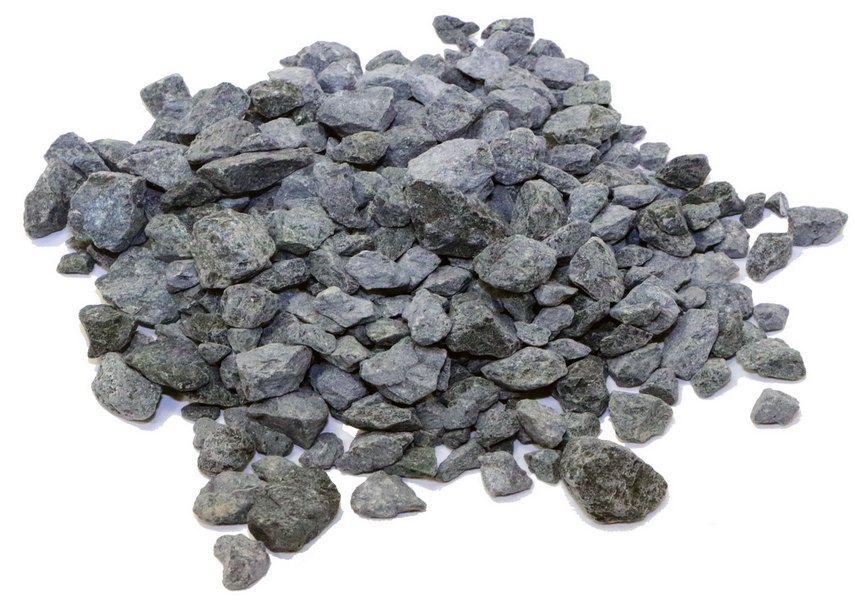Diamond is one of the most precious and sought-after gemstones in the world. It is known for its exceptional hardness, brilliance, and fire. However, there is often confusion about whether diamond is a metallic mineral or not. In this article, we will explore the properties of diamond and answer the question, Is diamond a metallic mineral?
Firstly, let's define what a metallic mineral is. Metallic minerals are minerals that contain metallic elements such as iron, copper, gold, and silver. These minerals have a metallic luster and are good conductors of heat and electricity. Examples of metallic minerals include pyrite, galena, hematite, and magnetite.
Diamond, on the other hand, is a non-metallic mineral. It is composed of carbon atoms arranged in a crystal lattice structure. Diamond has a unique set of properties that distinguish it from other minerals. It is the hardest naturally occurring substance on Earth, with a Mohs hardness scale rating of 10. It is also an excellent thermal conductor, but a poor electrical conductor.
Diamonds are formed deep within the Earth's mantle under high pressure and temperature conditions. They are brought to the surface through volcanic eruptions and are often found in kimberlite pipes or alluvial deposits. Diamonds are valued for their rarity, beauty, and durability, and are used in jewelry, cutting tools, and industrial applications.
In conclusion, diamond is not a metallic mineral. It is a non-metallic mineral composed of carbon atoms arranged in a crystal lattice structure. While it shares some properties with metallic minerals, such as thermal conductivity, it is fundamentally different in its chemical composition and physical properties. Diamond is a unique and valuable mineral that has captured the imagination of people for centuries.





More Stories
Choosing the Right JA Solar Panel Model for Your Needs
Why 51.2V Low Voltage LFP Batteries Deliver Exceptional Lifespan and Cycle Durability?
Unlocking Smart Energy: Key Benefits of a 3 kW Hybrid Grid Solar Inverter